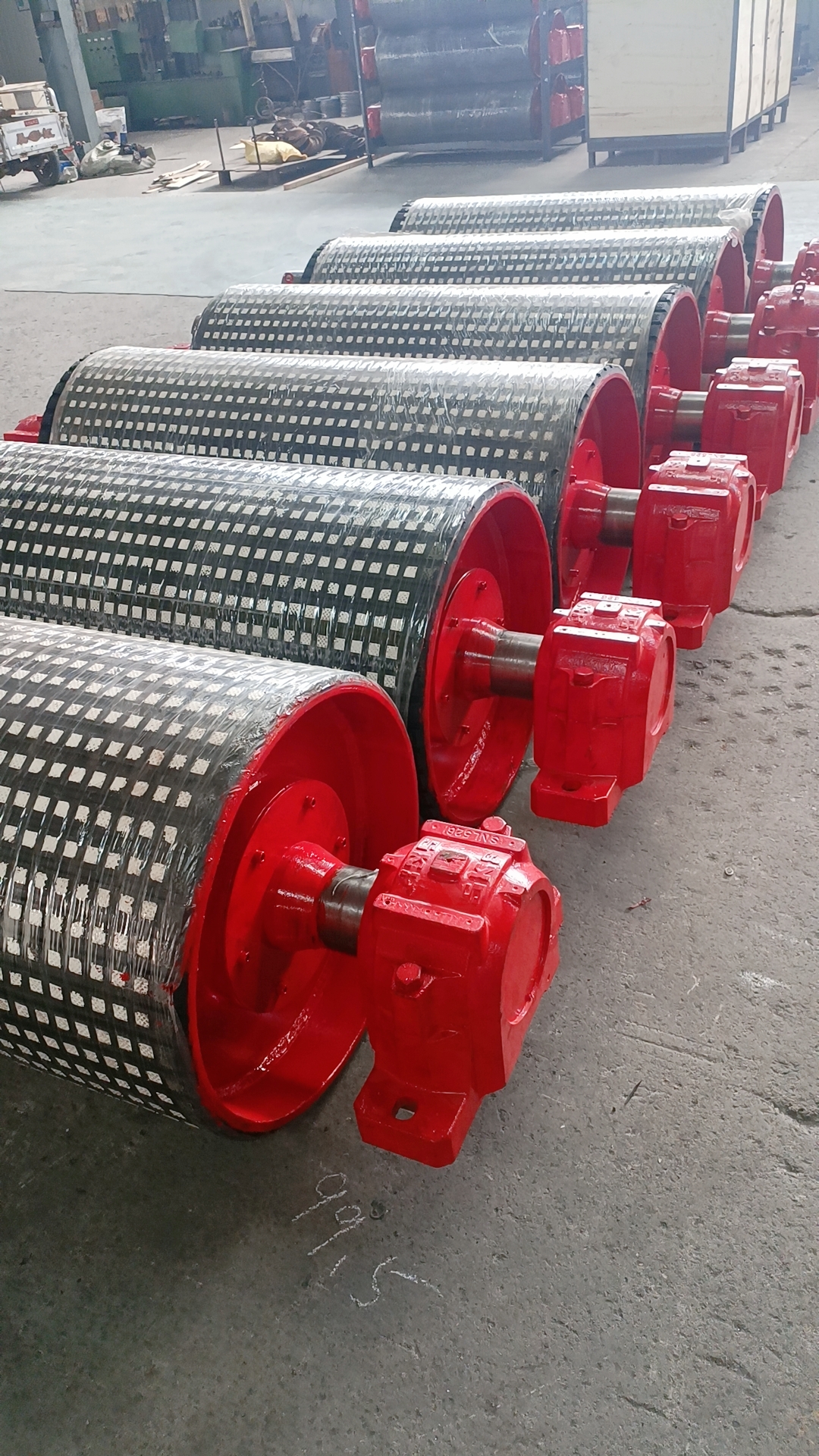 Afrikaans
Afrikaans  Albanian
Albanian  Amharic
Amharic  Arabic
Arabic  Armenian
Armenian  Azerbaijani
Azerbaijani  Basque
Basque  Belarusian
Belarusian  Bengali
Bengali  Bosnian
Bosnian  Bulgarian
Bulgarian  Catalan
Catalan  Cebuano
Cebuano  Corsican
Corsican  Croatian
Croatian  Czech
Czech  Danish
Danish  Dutch
Dutch  English
English  Esperanto
Esperanto  Estonian
Estonian  Finnish
Finnish  French
French  Frisian
Frisian  Galician
Galician  Georgian
Georgian  German
German  Greek
Greek  Gujarati
Gujarati  Haitian Creole
Haitian Creole  hausa
hausa  hawaiian
hawaiian  Hebrew
Hebrew  Hindi
Hindi  Miao
Miao  Hungarian
Hungarian  Icelandic
Icelandic  igbo
igbo  Indonesian
Indonesian  irish
irish  Italian
Italian  Japanese
Japanese  Javanese
Javanese  Kannada
Kannada  kazakh
kazakh  Khmer
Khmer  Rwandese
Rwandese  Korean
Korean  Kurdish
Kurdish  Kyrgyz
Kyrgyz  Lao
Lao  Latin
Latin  Latvian
Latvian  Lithuanian
Lithuanian  Luxembourgish
Luxembourgish  Macedonian
Macedonian  Malgashi
Malgashi  Malay
Malay  Malayalam
Malayalam  Maltese
Maltese  Maori
Maori  Marathi
Marathi  Mongolian
Mongolian  Myanmar
Myanmar  Nepali
Nepali  Norwegian
Norwegian  Norwegian
Norwegian  Occitan
Occitan  Pashto
Pashto  Persian
Persian  Polish
Polish  Portuguese
Portuguese  Punjabi
Punjabi  Romanian
Romanian  Russian
Russian  Samoan
Samoan  Scottish Gaelic
Scottish Gaelic  Serbian
Serbian  Sesotho
Sesotho  Shona
Shona  Sindhi
Sindhi  Sinhala
Sinhala  Slovak
Slovak  Slovenian
Slovenian  Somali
Somali  Spanish
Spanish  Sundanese
Sundanese  Swahili
Swahili  Swedish
Swedish  Tagalog
Tagalog  Tajik
Tajik  Tamil
Tamil  Tatar
Tatar  Telugu
Telugu  Thai
Thai  Turkish
Turkish  Turkmen
Turkmen  Ukrainian
Ukrainian  Urdu
Urdu  Uighur
Uighur  Uzbek
Uzbek  Vietnamese
Vietnamese  Welsh
Welsh  Bantu
Bantu  Yiddish
Yiddish  Yoruba
Yoruba  Zulu
Zulu Different Categories of Belt Cleaning Solutions for Enhanced Conveyor Maintenance and Efficiency
Types of Belt Cleaners and Their Importance in Material Handling Systems
Belt cleaners play a crucial role in the efficiency and maintenance of various material handling systems. These components are essential for minimizing product contamination, ensuring optimal conveyor performance, and reducing downtime due to maintenance issues. As industries increasingly rely on conveyor belts for transporting materials, understanding the different types of belt cleaners available can significantly enhance operational efficiency and prolong equipment life.
1. Primary Belt Cleaners
Primary belt cleaners are designed to remove the bulk of the material that sticks to the conveyor belt's surface as it returns to the loading zone. These cleaners are usually installed in front of the discharge point of the conveyor system. Typically made from durable materials such as polyurethane, rubber, or metal, primary cleaners are engineered to withstand the harsh conditions of industrial environments. They operate on various mechanics some use a fixed blade system to scrape off material, while others employ a more sophisticated active cleaning system that adjusts pressure based on the belt's movement. This adaptability helps ensure effective cleaning while minimizing wear and tear on both the cleaner and the conveyor belt.
Secondary belt cleaners are deployed after the primary cleaner, further polishing the belt's surface to eliminate any remaining material that may have escaped the first cleaning phase. These cleaners often feature fine-bladed or rubberized designs that ensure a smooth finish and are particularly effective in environments where cleanliness is critical, such as food processing or pharmaceutical industries. Secondary cleaners work best when paired with primary cleaners, as they capitalize on the initial cleaning effort to achieve a higher level of material removal.
3. Specialized Belt Cleaners
types of belt cleaners

Certain industries and applications have unique requirements that call for specialized belt cleaners. For example, in systems that handle sticky or wet materials (like clay or mud), specialized cleaners may incorporate additional features such as enhanced blade flexibility or innovative tracking systems to maintain optimal pressure on the belt. Additionally, some manufacturers produce cleaners with anti-static properties, beneficial for handling materials that generate static electricity. These specialized units ensure that the cleaning process does not interfere with the operation of the conveyor system.
4. Air-Assisted Belt Cleaners
An emerging trend in belt cleaning technology is the use of air-assisted systems. These cleaners utilize a combination of blades and high-velocity air jets to dislodge sticky materials from the belt surface. The advantage of air-assisted cleaners is their ability to effectively handle materials that adhere stubbornly due to moisture or other properties without exerting excessive force, thereby protecting the integrity of the belt. This technology is particularly advantageous in facilities where a gentler touch is required.
5. Importance of Regular Maintenance and Replacement
Regular maintenance and timely replacement of belt cleaners are vital to ensuring that material handling systems operate efficiently. Over time, even the best-designed cleaners wear out, losing their effectiveness and potentially leading to material buildup. This not only compromises the quality of the materials being transported but can also lead to increased maintenance costs and downtime. Therefore, operators should establish a routine inspection and maintenance schedule to ensure cleaners are in optimal working condition.
In conclusion, understanding the various types of belt cleaners and their applications is essential for maintaining efficiency and cleanliness in material handling systems. From primary and secondary cleaners to specialized or air-assisted options, each type plays a significant role in ensuring that conveyors operate smoothly, materials are transported without contamination, and downtime is kept to a minimum. Investing in the right belt cleaning solutions ultimately contributes to the longevity of conveyor systems and the overall productivity of industrial operations.
-
Revolutionizing Conveyor Reliability with Advanced Rubber Lagging PulleysNewsJul.22,2025
-
Powering Precision and Durability with Expert Manufacturers of Conveyor ComponentsNewsJul.22,2025
-
Optimizing Conveyor Systems with Advanced Conveyor AccessoriesNewsJul.22,2025
-
Maximize Conveyor Efficiency with Quality Conveyor Idler PulleysNewsJul.22,2025
-
Future-Proof Your Conveyor System with High-Performance Polyurethane RollerNewsJul.22,2025
-
Driving Efficiency Forward with Quality Idlers and RollersNewsJul.22,2025





























